
As a designer, your monitor is one of the most important tools in your creative arsenal. It’s where you bring your ideas to life, making it essential to choose one that meets your specific needs.
Whether you're working on graphic design, video editing, or web design, a good monitor enhances your workflow and ensures the accuracy of your work. With so many options available, it can be overwhelming to decide which features are most important.
According to PC Mag, 72% of professional designers prefer monitors with at least 99% sRGB colour accuracy, ensuring true-to-life colour representation for their work.
In this article, you will get to know about the key features you should look for in a designer's monitor to help you make the best choice.
1. Resolution:
Resolution refers to the number of pixels that make up the image on your screen. For designers, high resolution is essential as it allows you to view intricate details in your designs. While cheap computer monitors might offer lower resolutions. So, investing in a higher-resolution display ensures sharper images, which is crucial when you're working on fine details or high-definition graphics.
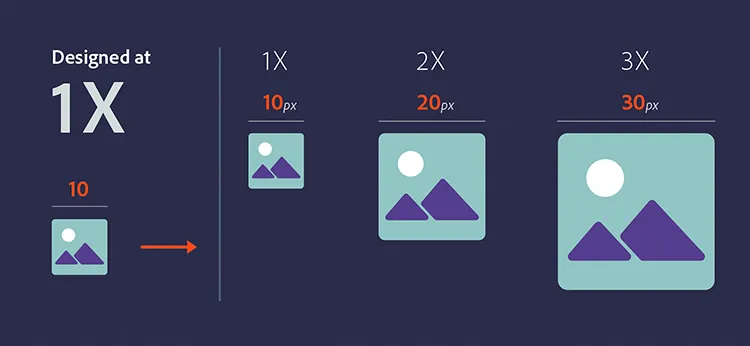
A higher resolution allows you to see your work with greater clarity, ensuring that every detail is precise, making it an important factor when selecting a monitor for design-related tasks.
4K Resolution: Ideal for graphic designers and video editors for crystal-clear detail.
Full HD (1920x1080): Sufficient for basic design work but may feel limited for advanced tasks.
Higher pixel density: Offers better sharpness, ideal for precise work.
When you're choosing a monitor, look for at least a Full HD display, but if your budget allows, 4K or higher resolution is highly recommended for professional work.
2. Color Accuracy:
Colour accuracy is one of the most important factors when selecting a designer's monitor. You need a display that accurately reflects the colours in your designs, as any discrepancy between what you see and what others see can lead to poor results in print or web publishing.
sRGB, Adobe RGB, and DCI-P3: These are colour spaces used in design, photography, and video. A good designer's monitor should cover 100% sRGB and a wide range of Adobe RGB for photo editing.
Factory-calibrated: Some monitors come pre-calibrated for colour accuracy, saving you time.
Colour uniformity: Ensures that colours are consistent across the entire screen.
Ensure your monitor covers a wide colour gamut and is factory-calibrated for the best accuracy, especially when working on projects that require true-to-life colour reproduction.
3. Screen Size and Aspect Ratio:
The size of your monitor plays a role in both comfort and productivity. A larger screen gives you more room to work with multiple applications and detailed designs simultaneously. However, the size should be balanced with your desk space and your workflow needs.
The report states that 55% of designers find high refresh rates (120Hz or higher) essential for smooth performance when working with animations or video editing tasks.
27-32 inches: A good range for most designers, offering ample space for multitasking without overwhelming the desk.
Ultra-wide monitors: Ideal for multitasking, allowing you to have multiple windows open side by side without the need for two monitors.
16:9 or 21:9 aspect ratio: The typical ratio for standard and ultra-wide displays, respectively.
Choose a screen size and aspect ratio that suits your workflow. Larger screens are ideal for detailed work, but ultra-wide monitors offer more flexibility for multitasking.
4. Refresh Rate:
The refresh rate of a monitor refers to how many times per second the screen refreshes. While this is more critical for gamers, it still impacts a designer's experience, especially when working on fast-moving graphics or video content.
60Hz to 75Hz: Sufficient for most design work, including static designs or slow animations.
120Hz or higher: Ideal for video editing or animation work where smooth visuals are needed.
For most designers, a refresh rate of 60Hz to 75Hz should suffice. However, if you're working in animation or video, a higher refresh rate could enhance your experience.
5. Connectivity:
A designer's monitor should come with multiple connectivity options to ensure it works with various devices, including computers, laptops, and other peripherals. A wide range of ports allows you to easily connect to external hard drives, USB devices, and other accessories that might be needed during your creative process.
HDMI and DisplayPort: Standard for modern monitors and ideal for high-definition video output.
USB-C or Thunderbolt: For easy connection with newer laptops and devices.
Multiple USB ports: Handy for connecting peripherals like a keyboard, mouse, or external hard drives.
Ensure the monitor offers a variety of ports to meet your connection needs and future-proof your setup.
6. Ergonomics:
As a designer, you'll likely be spending long hours in front of your monitor. Having an ergonomic design is crucial for maintaining comfort and avoiding physical strain. A good ergonomic monitor helps you work without discomfort, which can boost both your health and productivity.
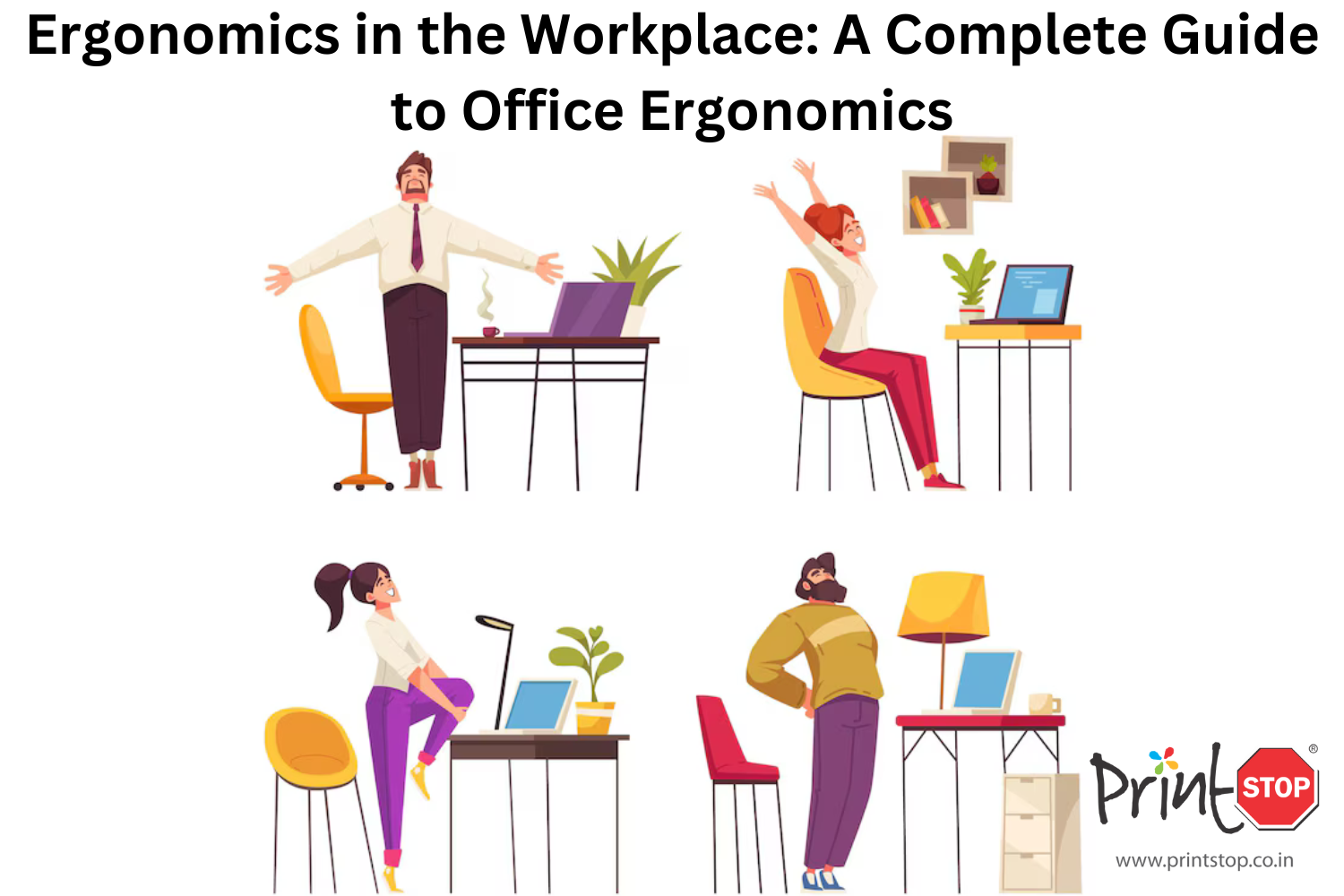
Adjustable height and tilt: Allow you to customize the monitor’s position to match your seating posture.
Swivel and pivot functionality: Helps adjust the screen orientation based on your needs.
Blue light filter: Reduces eye strain, particularly when working late into the night.
Choose a monitor that offers ergonomic features like height adjustment, tilt, and anti-glare technology to ensure you're comfortable during long design sessions.
Conclusion:
When choosing a monitor for design work, it's essential to consider factors like resolution, color accuracy, screen size, and connectivity. A high-resolution, color-accurate display ensures that your work is clear and precise, while features like ergonomic design and smooth performance enhance your comfort and productivity.
An IPS panel, adjustable features, and connectivity options will give you flexibility and longevity in your creative process.
Investing in a designer’s monitor is an investment in your work and overall well-being. By keeping these features in mind, you can find a monitor that meets your current needs and supports your growth as a designer.
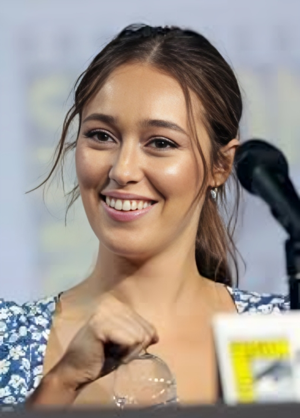
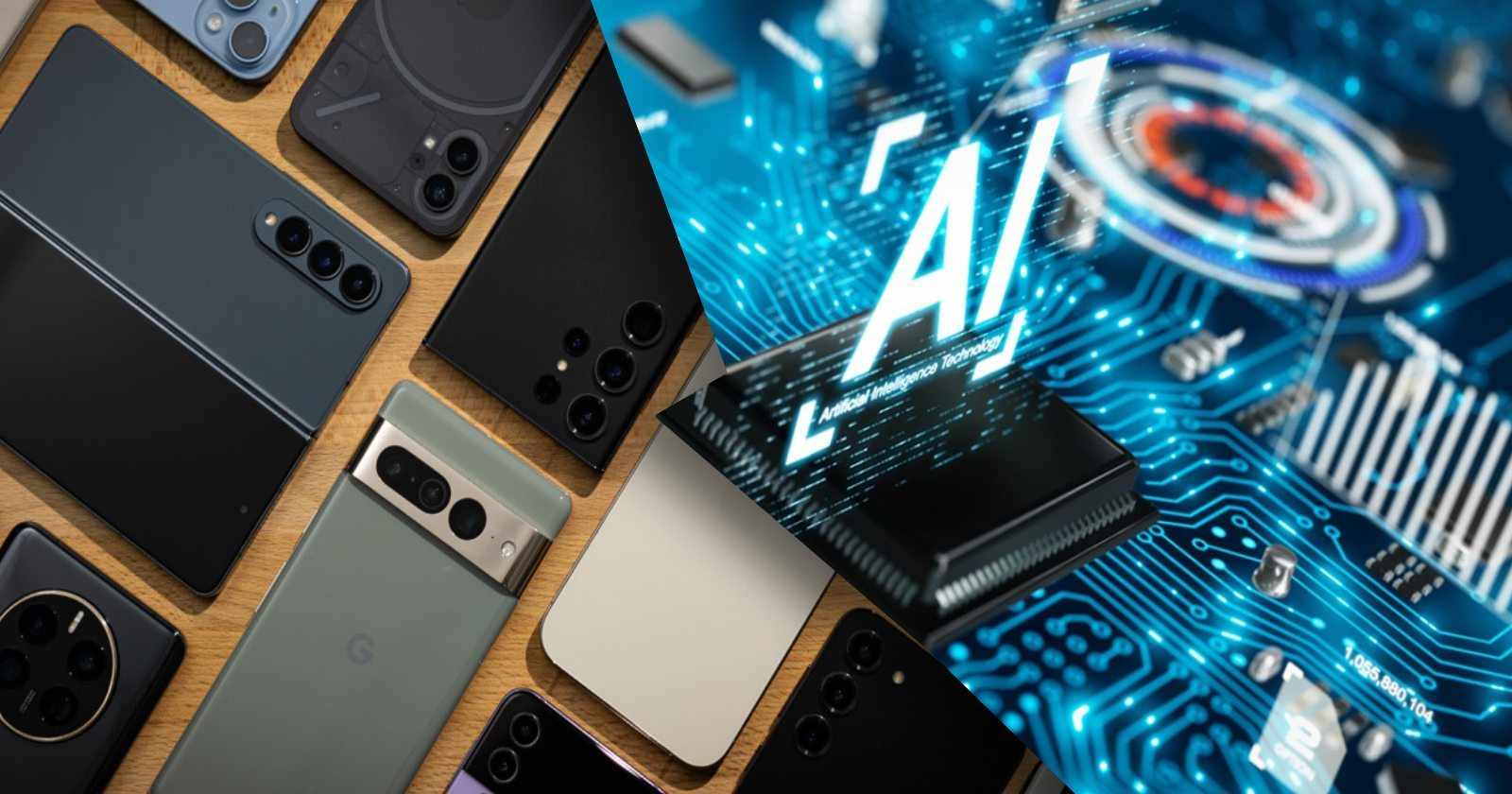
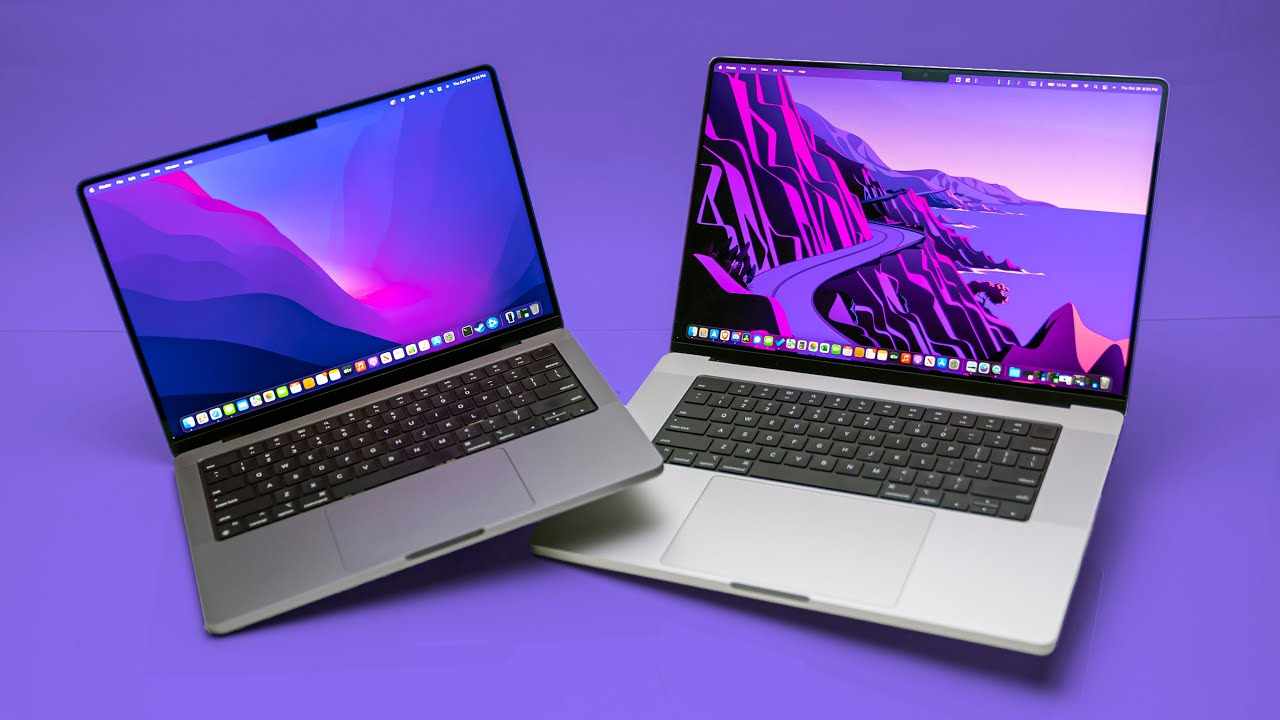
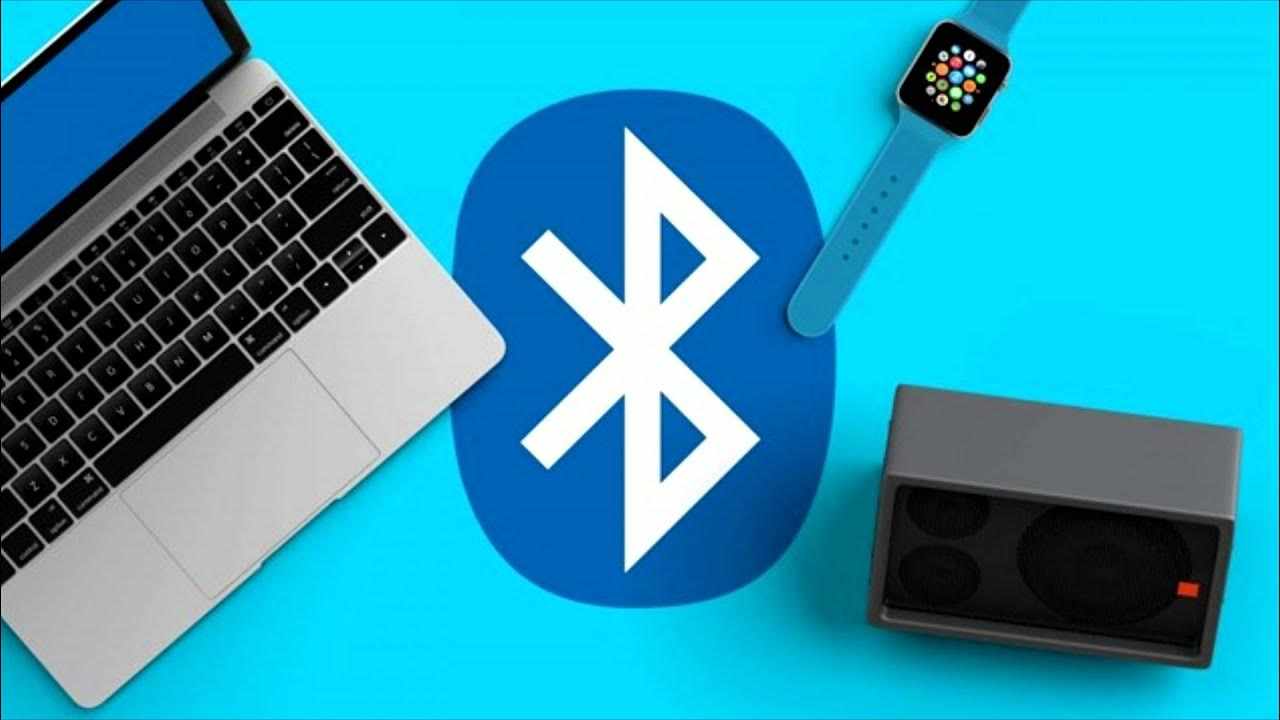

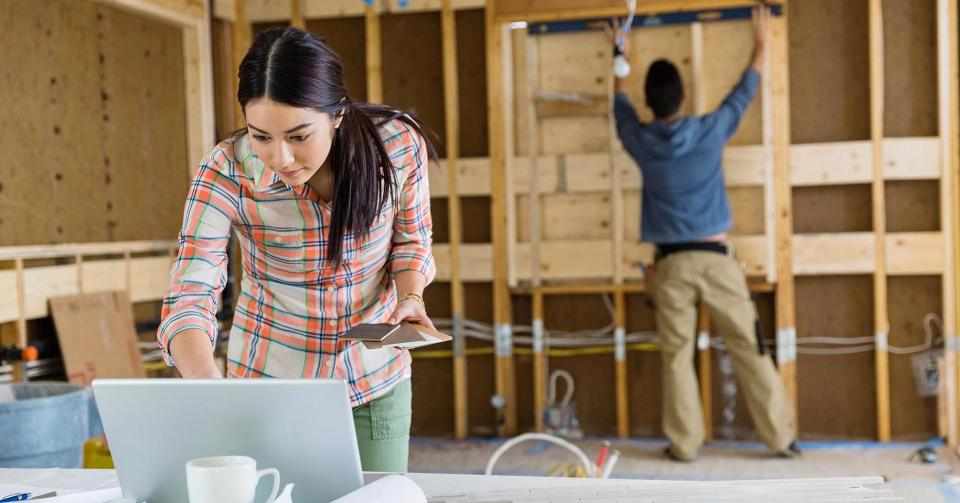
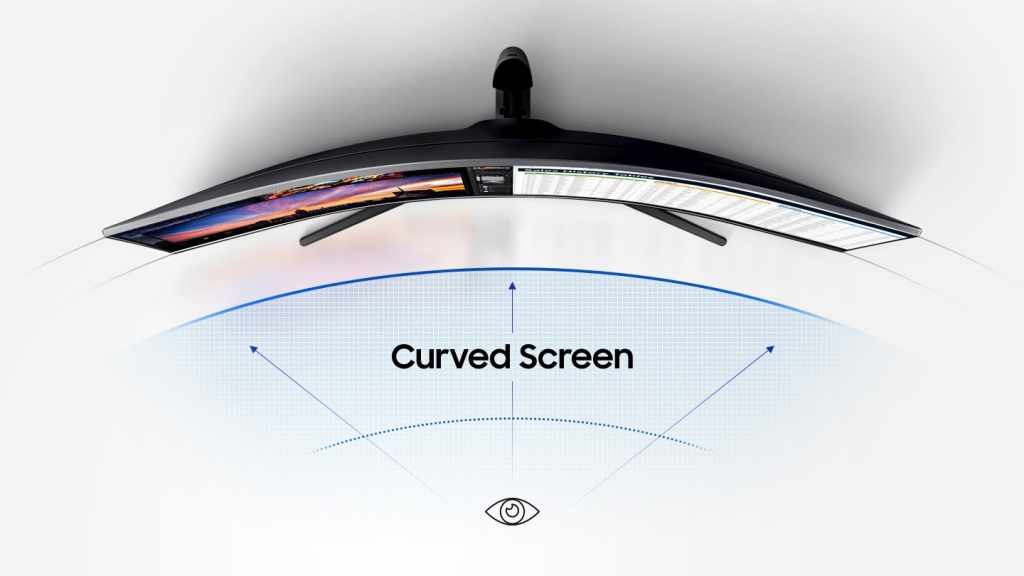
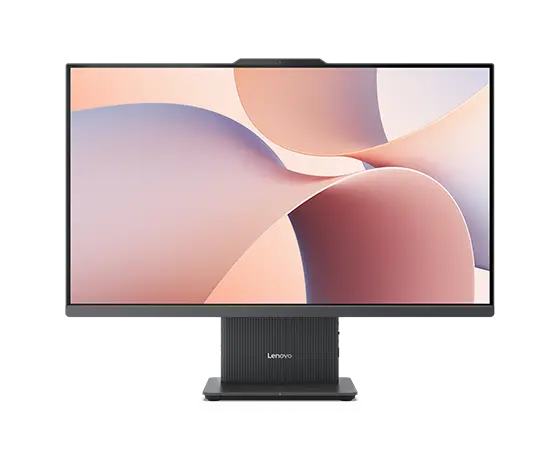
Write a comment ...